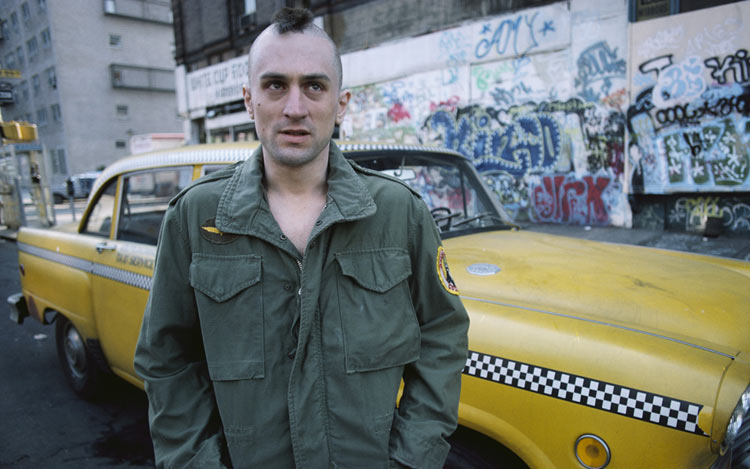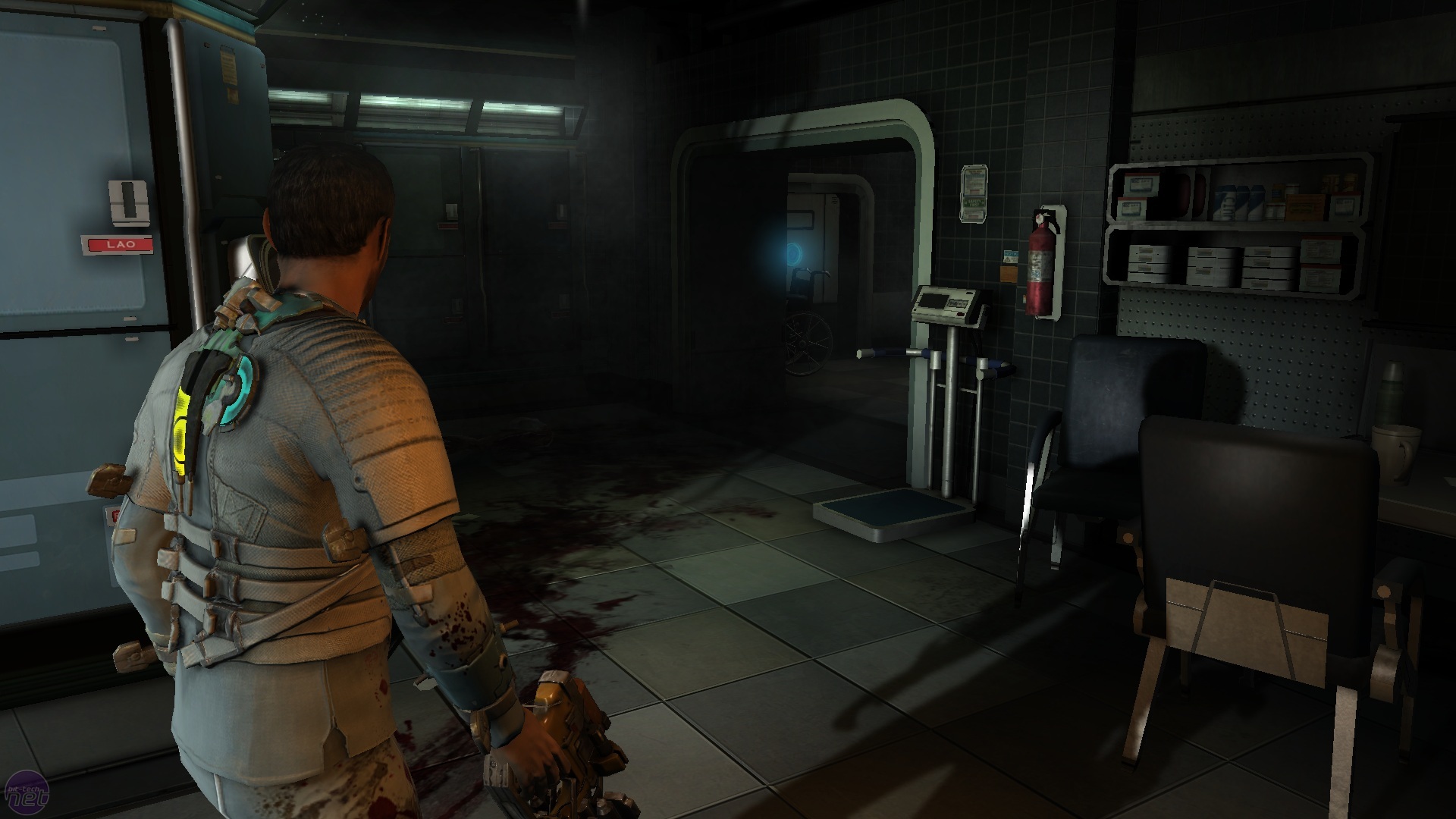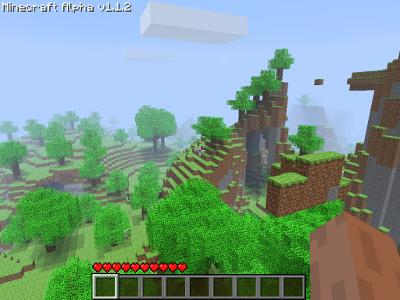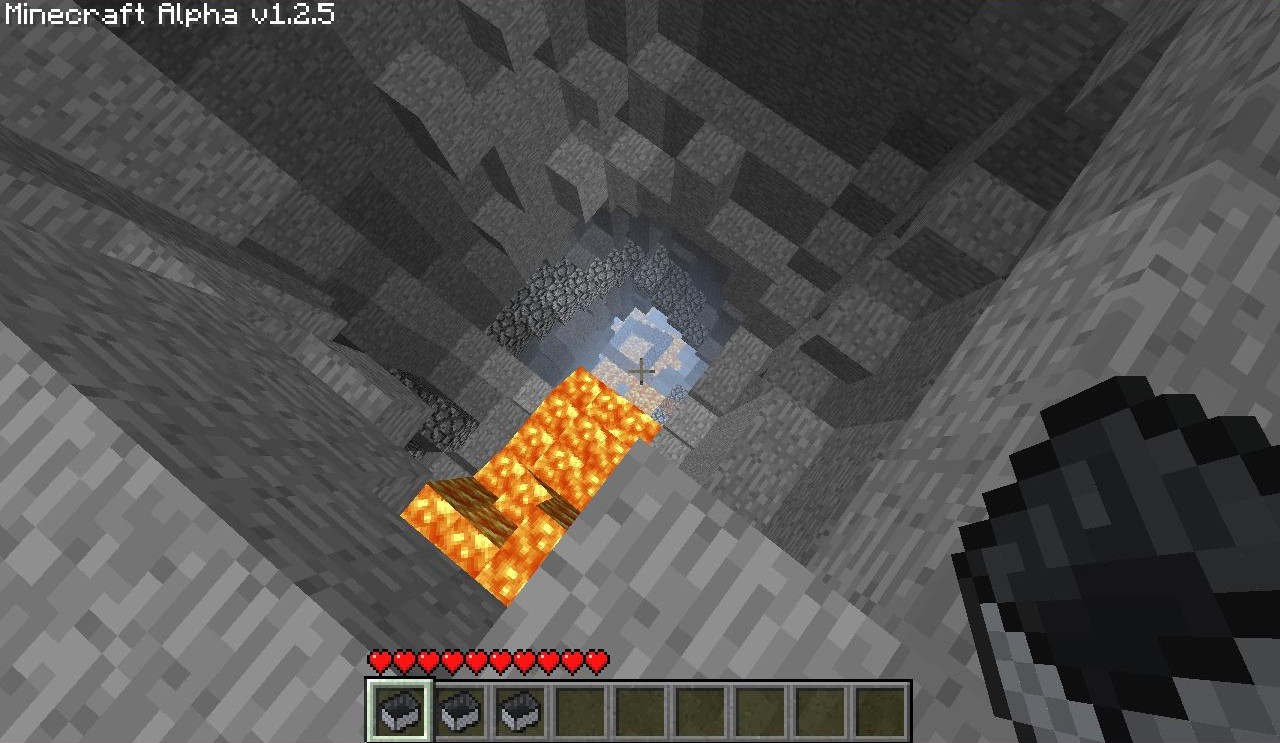I have enjoyed this course for the first year, it took a while to get used to at first and I didn’t get to a good start after breaking my arm in the 2nd week and not being able to get any sleep whilst in a full arm cast. But I’ve pretty much settled down now, although I really need to work on my time management. 2D is my favourite part of the course because I like drawing, but I need to do more personal work and remember to upload things to Facebook once I’ve finished, and not all at once just before the deadlines. I also need to work more with colour and traditional media other than pencils.
I also like 3D, but struggle with it a bit, I need to look at more tutorials and take more advantage of the help available. I tend to underestimate texturing and spend too much time on modelling, which leaves me rushing it too much, I know I can do better I just to spend more time.
For someone who really hates writing and never feels confident doing it, I am enjoying the blog writing more than I should. But I realise I need to proof read my work more, and upload it on time. I also need to start writing personal things, which I always have ideas for, but never get round to actually writing them down.
I have always enjoyed life drawing, and was looking forward to starting it in the 2nd semester because I had done a lot of it in college, but never really been taught what I was doing write or wrong. I enjoy life drawing when I can see, and most of the time I can’t, even when I come in early to find a good space it seems there is a pose I can’t see or the model moves. It is simply just too crowded and I know things are trying to be changed, but the pillars are very annoying. Also sometimes it is unbearably hot in the life drawing room, I understand it needs to be warm, but it’s hard to concentrate.
I haven’t really got much to say about 3D except I think most of the class find it difficult as it is a steep learning curve. I’ve kind of got on with 3D myself, because I have 3DS Max at home and I do most of my work there because I have two monitors and my keyboard shortcuts are customised to my style.
I found the guest lectures really useful, it’s good to have a realistic insight into what we could end up doing. I also found many of the guest lectures to be motivational, and ease my mind on certain aspects which I was unsure on.
I think I need to do more personal work, really get to use to 3D and practice everything I have learned so far and make sure I fully understand it for next year. I also need to continue drawing things so I don’t get rusty.








